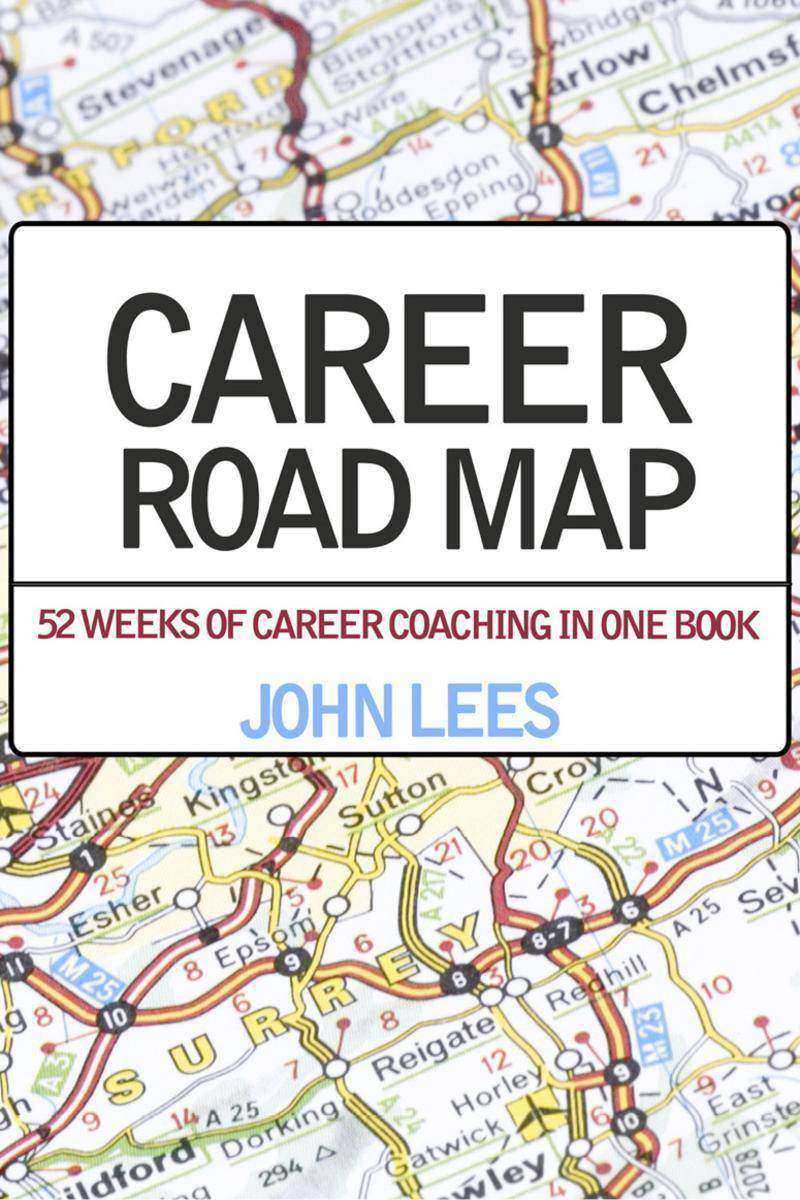
Career Road Map
¥39.14
There are many times in a career where short pieces of advice come in useful, whether you're looking for a new job, thinking about leaving your current role, or trying to make progress inside an organisation.Here are 52 short pieces from careers expert John Lees, aimed to provide vital short-cuts, help you out of a fix, re-energise your job search or interview planning, or to rethink the way you manage your career. Most originally appeared in John's weekly column for the UK daily newspaper Metro.
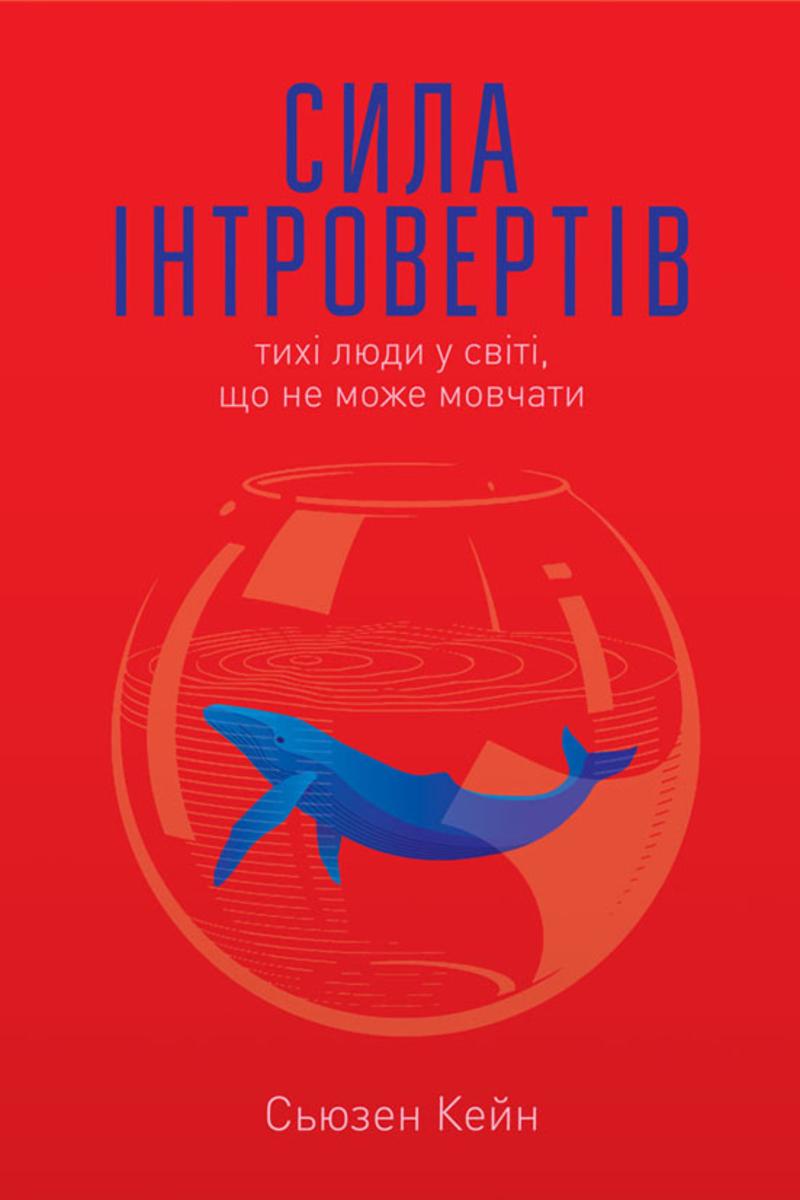
Сила ?нтроверт?в: Тих? люди у св?т?, що не може мовчати
¥35.15
Disciplina affascinante e misteriosa, la Selfica permette di realizzare oggetti in metallo, inchiostri e colori in grado di interagire positivamente con l’ambiente e permettono a chi li possiede di aumentare il benessere personale, la sensibilità, l’equilibrio psicofisico. Le “self”– siano esse gioielli, strutture per l’ambiente o quadri – aiutano chi le usa a conoscere meglio se stessi e a entrare in contatto con dimensioni energetiche e campi di informazioni differenti da quelli in cui siamo normalmente immersi. La Selfica – sviluppata attraverso le ricerche e gli insegnamenti di Oberto Airaudi, Falco Tarassaco, ispiratore di Damanhur, Federazione di Comunità – è in realtà un’arte-scienza antichissima, già conosciuta da molti popoli del passato. Questo libro racconta le sperimentazioni di numerosi ricercatori e appassionati, raccolte dall’Autrice, protagonista a sua volta di molte esperienze appassionanti. ? un viaggio in una nuova dimensione dove tempo, spazio, emozione e memoria rispondono a leggi molto diverse da quelle a cui siamo abituati...
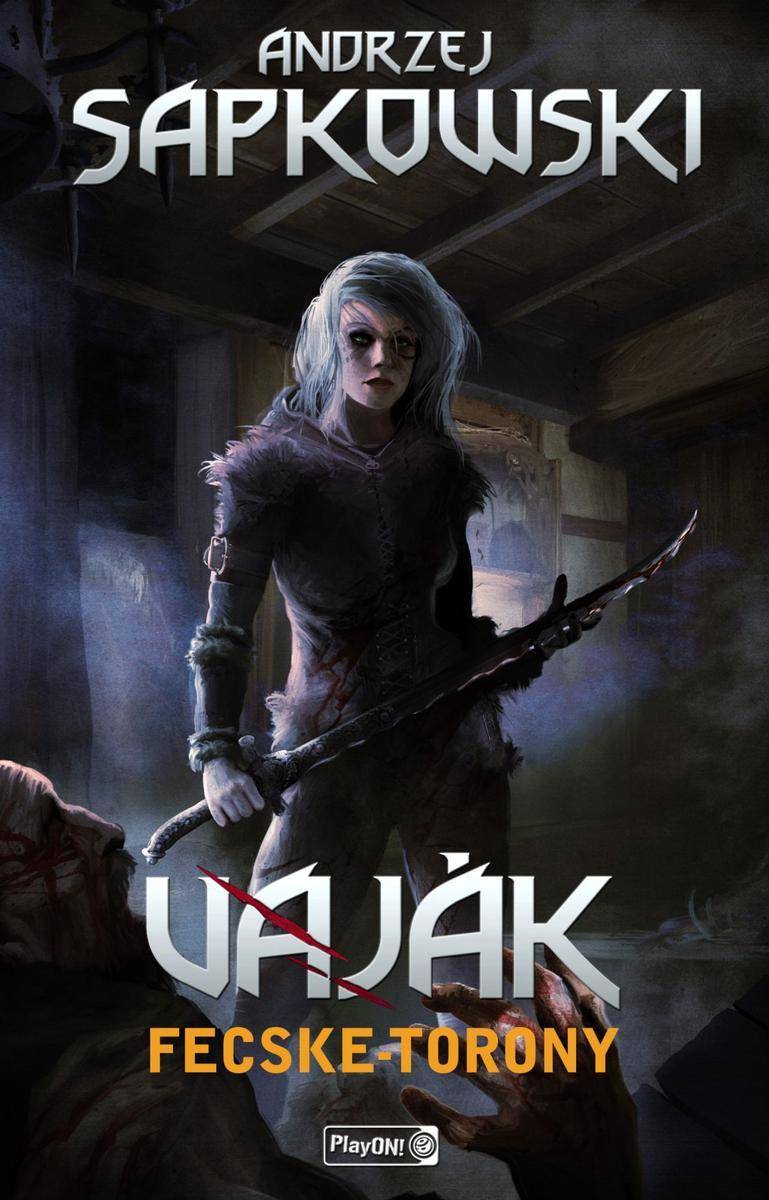
Fecske-torony
¥63.03
I shall be grateful to any Reader of this book who will point out any mistakes or misprints he may happen to notice in it, or any passage which he thinks is not clearly expressed. I have a quantity of MS. in hand for Parts II and III, and hope to be able——should life, and health, and opportunity, be granted to me, to publish them in the course of the next few years. Their contents will be as follows:— PART II. ADVANCED.Further investigations in the subjects of Part I. Propositions of other forms (such as “Not-all x are y”). Triliteral and Multiliteral Propositions (such as “All abc are de”). Hypotheticals. Dilemmas. &c. &c. Part III. TRANSCENDENTAL.Analysis of a Proposition into its Elements. Numerical and Geometrical Problems. The Theory of Inference. The Construction of Problems. And many other Curiosa Logica. Introduction TO LEARNERS.[N.B. Some remarks, addressed to Teachers, will be found in the Appendix]The Learner, who wishes to try the question fairly, whether this little book does, or does not, supply the materials for a most interesting mental recreation, is earnestly advised to adopt the following Rules:— (1) Begin at the beginning, and do not allow yourself to gratify a mere idle curiosity by dipping into the book, here and there. This would very likely lead to your throwing it aside, with the remark “This is much too hard for me!”, and thus losing the chance of adding a very large item to your stock of mental delights. This Rule (of not dipping) is very desirable with other kinds of books——such as novels, for instance, where you may easily spoil much of the enjoyment you would otherwise get from the story, by dipping into it further on, so that what the author meant to be a pleasant surprise comes to you as a matter of course. Some people, I know, make a practice of looking into Vol. III first, just to see how the story ends: and perhaps it is as well just to know that all ends happily——that the much-persecuted lovers do marry after all, that he is proved to be quite innocent of the murder, that the wicked cousin is completely foiled in his plot and gets the punishment he deserves, and that the rich uncle in India (Qu. Why in India? Ans. Because, somehow, uncles never can get rich anywhere else) dies at exactly the right moment——before taking the trouble to read Vol. I. This, I say, is just permissible with a novel, where Vol. III has a meaning, even for those who have not read the earlier part of the story; but, with a scientific book, it is sheer insanity: you will find the latter part hopelessly unintelligible, if you read it before reaching it in regular course. (2) Don’t begin any fresh Chapter, or Section, until you are certain that you thoroughly understand the whole book up to that point, and that you have worked, correctly, most if not all of the examples which have been set. So long as you are conscious that all the land you have passed through is absolutely conquered, and that you are leaving no unsolved difficulties behind you, which will be sure to turn up again later on, your triumphal progress will be easy and delightful. Otherwise, you will find your state of puzzlement get worse and worse as you proceed, till you give up the whole thing in utter disgust. (3) When you come to any passage you don’t understand, read it again: if you still don’t understand it, read it again: if you fail, even after three readings, very likely your brain is getting a little tired. In that case, put the book away, and take to other occupations, and next day, when you come to it fresh, you will very likely find that it is quite easy.(4) If possible, find some genial friend, who will read the book along with you, and will talk over the difficulties with you. Talking is a wonderful smoother-over of difficulties. When I come upon anything——in Logic or in any other hard subject——that entirely puzzles me, I find it a capital plan to talk it over, aloud. ? ? ? ? ? L. C.29, Bedford Street, Strand. February 21, 1896.
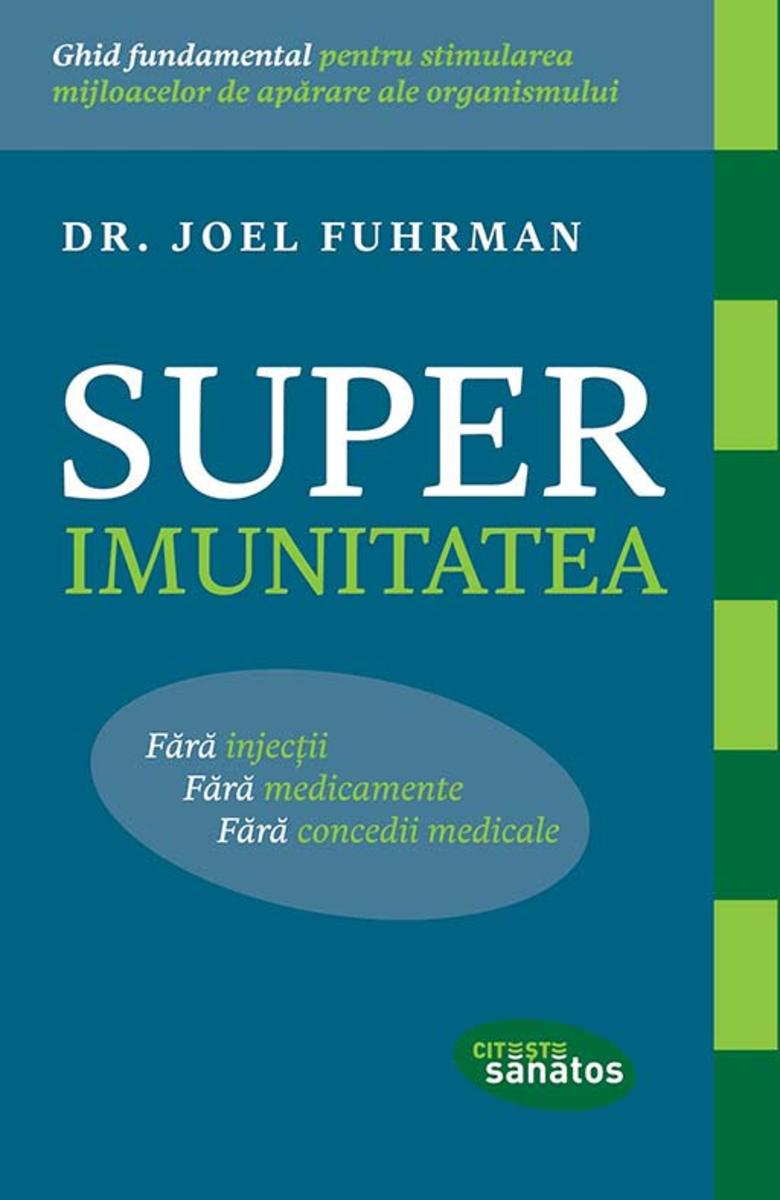
Superimunitatea. F?r? injec?ii, f?r? medicamente, f?r? concedii medicale
¥81.67
E u?or s? te ba?i cu pumnul ?n piept c? iube?ti Rom?nia. E simplu s?-?i cumperi un fular ?n culorile tricolorului – ro?u, galben ?i albastru – ?i s? ie?i ?n pia?? de 1 Decembrie, la un pahar de vin gratis. E comod s? te cer?i ?n diferite grupuri pe Facebook cu ?nenoroci?ii care nu iubesc trupul patriei mam? ?i-l p?ng?resc“. E la ?ndem?n? s?-?i lipe?ti pe man?et? o etichet? care url? c? ?rom?nii sunt frumo?i“. E confortabil s? te ?mp?unezi cu reu?itele altor rom?ni, al?ii dec?t tine – fie c? vorbim despre filme rom?ne?ti premiate ?n lume, fie c? vorbim despre o echip? de fotbal sau ni?te liceeni olimpici la matematic?. E ideal s? spui, de acas?, din fotoliul t?u, scuip?nd o coaj? de s?m?n?? pe covor: ?E buni, domle, e rom?ni de-ai no?tri!“ Dar, de fiecare dat? c?nd e?ti tentat s? spui asta, pune-?i ?i ?ntrebarea: c?nd am f?cut, cu adev?rat, ceva real ?i personal PENTRU Rom?nia?
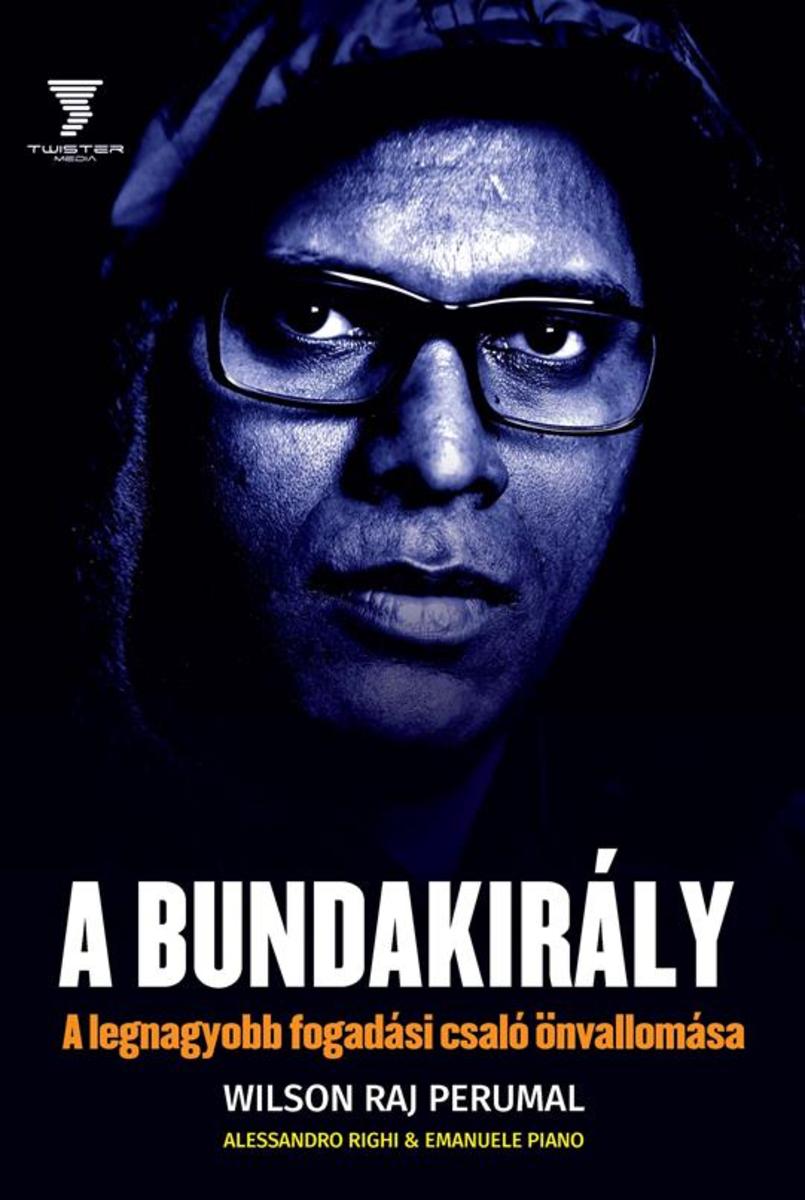
A Bundakirály
¥68.83
Более 100 разнообразных диет ? Безопасные способы похудения ? Советы по питанию и подбору диеты ? Наглядные таблицы с меню Избавиться от лишних килограммов – это просто! Важно лишь правильно подобрать диету, подходящую именно вам, – и результат не заставит себя ждать. Вы будете худеть, великолепно выглядеть и прекрасно себя чувствовать! В этой книге собрано множество вариантов традиционных и современных диет, правила и секреты оптимального питания, которые позволят стройнеть без особых усилий и закрепить полученные результаты. Диета для ленивых, кальциевая, рисовая, безуглеводная диеты, гречневая, кефирная, голливудская, кремлевская, средиземноморская диеты, диеты Аткинса, Дюкана и другие – выбирайте свой вариант! Наглядные и удобные таблицы с меню для каждой диеты сделают процесс похудения еще менее хлопотным! Bolee 100 raznoobraznyh diet ? Bezopasnye sposoby pohudenija ? Sovety po pitaniju i podboru diety ? Nagljadnye tablicy s menju Izbavit'sja ot lishnih kilogrammov – jeto prosto! Vazhno lish' pravil'no podobrat' dietu, podhodjashhuju imenno vam, – i rezul'tat ne zastavit sebja zhdat'. Vy budete hudet', velikolepno vygljadet' i prekrasno sebja chuvstvovat'! V jetoj knige sobrano mnozhestvo variantov tradicionnyh i sovremennyh diet, pravila i sekrety optimal'nogo pitanija, kotorye pozvoljat strojnet' bez osobyh usilij i zakrepit' poluchennye rezul'taty. Dieta dlja lenivyh, kal'cievaja, risovaja, bezuglevodnaja diety, grechnevaja, kefirnaja, gollivudskaja, kremlevskaja, sredizemnomorskaja diety, diety Atkinsa, Djukana i drugie – vybirajte svoj variant! Nagljadnye i udobnye tablicy s menju dlja kazhdoj diety sdelajut process pohudenija eshhe menee hlopotnym!
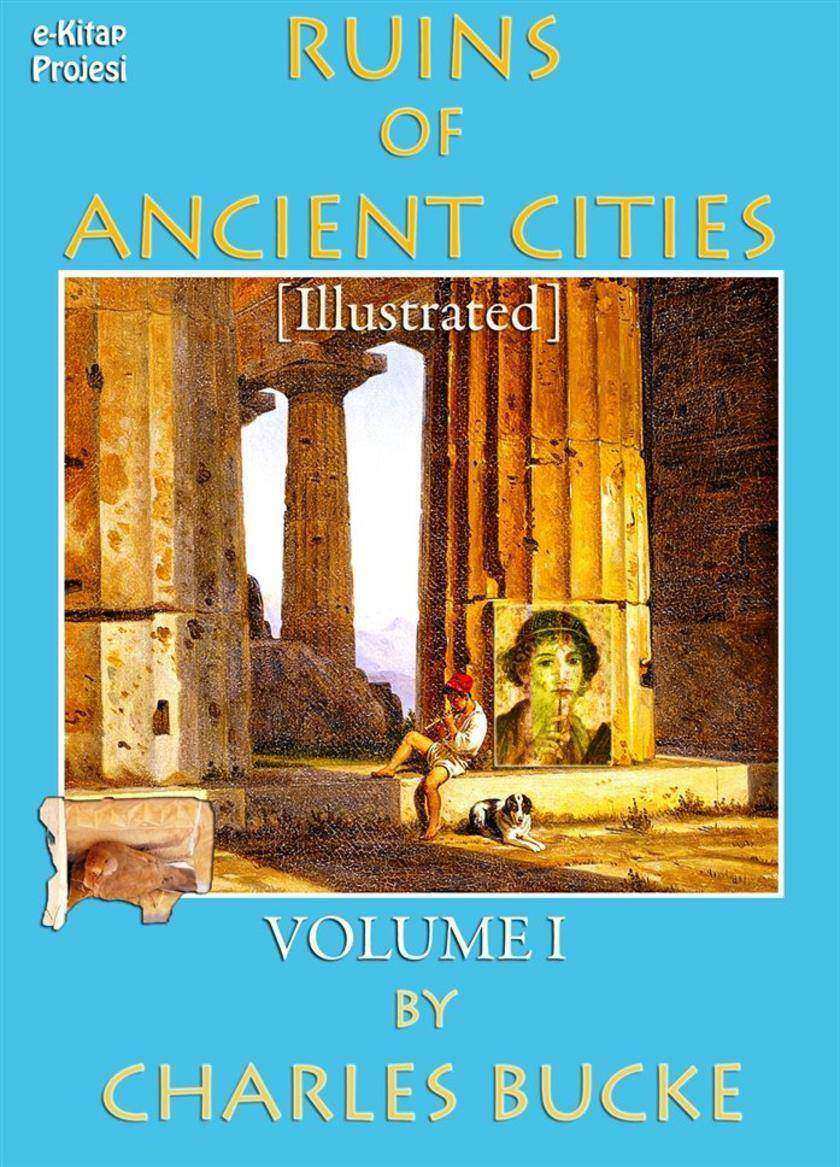
Ruins of Ancient Cities: (Volume - I)
¥28.04
"UKRAY" - UNIFIED FIELD THEORY - - A New Unification Theory on Electromagnetic Gravitation- PREFACE ? ?“This study which aims to prove that all forces and laws of physics exist in a single unified structure at the Starting and Ending moment of the Universe analyzes all laws of physics within the framework of a unified structure from Newton Mechanics to Quantum Theory, Einstein Relativity to modern 11-dimensional Super string theory. The study may also be considered as a "MODERN ERA PRINCIPIA" since it was started to be written in about 300 years (early 2007) after the publication of the great study of Newton named "PRINCIPIA" (1703-1707) on the topic of gravity theories. The volume includes SEVEN CHAPTERS in the form of SEVEN different articles which follow each other and make clear the subject when they are read consecutively. In addition, FOUR additional chapters in the form of APPENDIXES in nature of FUNDAMENTALS OF MATHEMATICS were also included at the end of the volume for readers who have a less degree of technical knowledge about the topic… THIS THEORY, GETS THESE QUESTIONS INTO; - A CHANGE into Gravitational field and field equations, STATIC AND UNIVERSAL GRAVITATIONAL CONSTANTS, - THE DYNAMICS OF Gravitational field with Combining the Electromagnetics Theory. - THE VELOCITY OF LIGHT COULD BE EXCEEDED? THIS THEORY WAS PREPARED AS A CONSEQUENCE OF APPROXIMATELY 16 YEARS STUDY, - WHOLE "666" PAGE- INCLUDES ABOUT 100 THEOREMS, - AND 1000 ILLUSTRATED DRAWINGS, - ASSERTS THE NEW PHYSICS OF THE UNIVERSE. AND MUCH MORE… "I imagined the situation of a mass falling towards the singularity point in a blackhole singularity in electrodynamic gravity conditions for some relative structures in the electromagnetic theory which is the most important and understandable theory in the classical physics I had comprehensive knowledge in my last years of my undergraduate term of the academic life (in about 2000) in an article of Faraday on the topic of the law of induction I had incidentally seen while I was examining the existing physics literature in the faculty's library. I wondered if the law of induction in a circular conducting wire differently perceived according to an observer in the train and the one on the land in the special relativity of Einstein may occur by the increase and decrease of mass during the course of falling to singularity in this blackhole and may create an electromagnetic gravity wave and a magnetic charge current which would decrease the impact of gravitation in parallel to this. This oriented me to a series of researches to study and create this theory for years and then directed me to create a unified electromagnetic gravity theory composed of SEVEN ARTICLES in total I will submit here in order and step by step. Even though the theory includes a deductive mathematical approach, tensor calculation and geometric modellings, I will give solutions of Einstein-Maxwell Equations with a different mathematical 4x4 Pauli-Dirac Spinors and Tensor calculation construction in direction of closed extra dimension of the space (5 Dimension Effect) What Does the Theory Tell? {Short Abstract and Philosophy of the Theory} The THEORY summarizes the general and simple mathematical description of the universe in the form of general conclusion items and forecasts the followings; Basic Projections of the Theory? - NEW MODEL OF AN ATOM, - NEW MODEL OF THE UNIVERSE, - CHANGE IN GALILEO Inertia Principle, - A Fundamental Change in the Structure of MAXWELL's EQUATIONS, AN ADDITIONAL TERMS AND ADDITIONS, - A CHANGE IN POYNTING ENERGY THEORY, - A NEW ATOMIC MODEL, - A NEW UNIVERSE MODEL, - CHANGE IN GALILEO'S PRINCIPLE OF INERTIA, - A FUNDEMENTAL CHANGE AND AN ADDITIONAL TERM IN THE STRUCTURE IF MAXWELL EQUATIONS, - A CHANGE IN STATIC FIELD EQUATIONS OF THE GRAVITY FIELD AND IN THE UNIVERSAL GRAVITY CONSTANT. - CHANGE IN POYNTING ENERGY THEOREM, - HOW CAN THE VELOCITY OF LIGHT BE EXCEEDED?
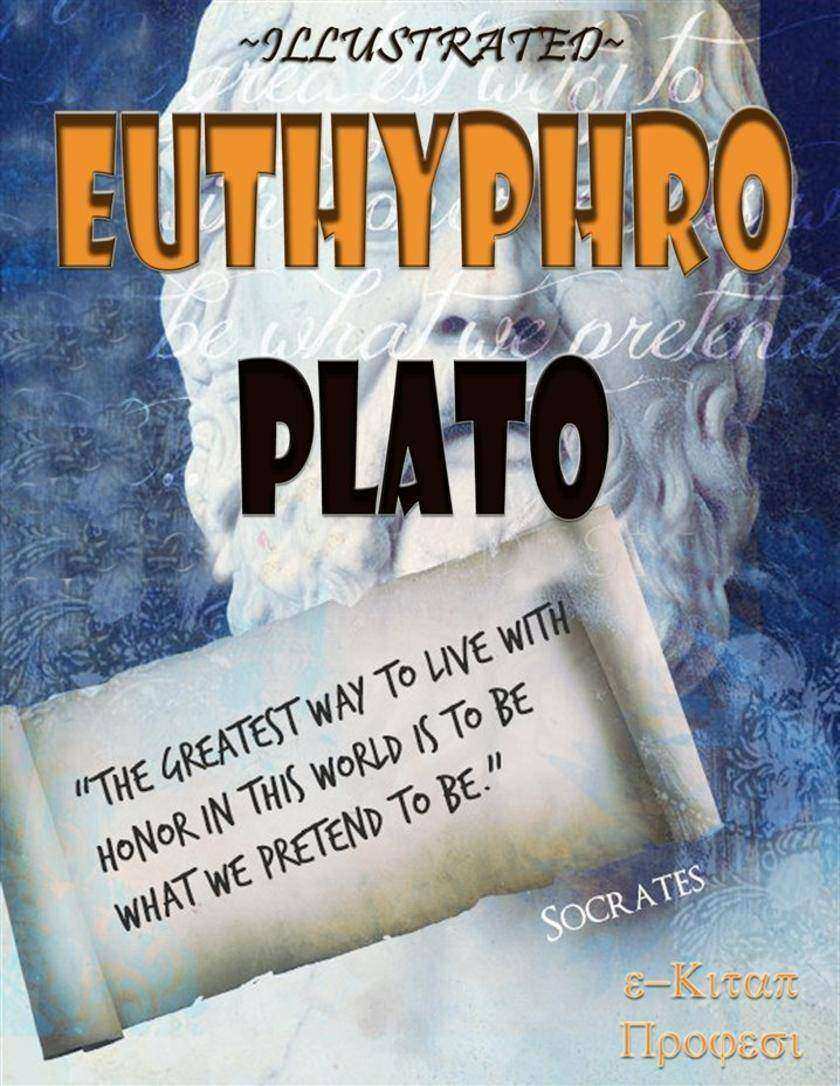
Euthyphro
¥9.24
On the Origin of Species, published on 24 November 1859, is a work of scientific literature by Charles Darwin which is considered to be the foundation of evolutionary biology. Its full title was On the Origin of Species by Means of Natural Selection, or the Preservation of Favoured Races in the Struggle for Life. For the sixth edition of 1872, the short title was changed to The Origin of Species. Darwin's book introduced the scientific theory that populations evolve over the course of generations through a process of natural selection. It presented a body of evidence that the diversity of life arose by common descent through a branching pattern of evolution. Darwin included evidence that he had gathered on the Beagle expedition in the 1830s and his subsequent findings from research, correspondence, and experimentation. Various evolutionary ideas had already been proposed to explain new findings in biology. There was growing support for such ideas among dissident anatomists and the general public, but during the first half of the 19th century the English scientific establishment was closely tied to the Church of England, while science was part of natural theology. Ideas about the transmutation of species were controversial as they conflicted with the beliefs that species were unchanging parts of a designed hierarchy and that humans were unique, unrelated to other animals. The political and theological implications were intensely debated, but transmutation was not accepted by the scientific mainstream. The book was written for non-specialist readers and attracted widespread interest upon its publication. As Darwin was an eminent scientist, his findings were taken seriously and the evidence he presented generated scientific, philosophical, and religious discussion. The debate over the book contributed to the campaign by T. H. Huxley and his fellow members of the X Club to secularise science by promoting scientific naturalism. Within two decades there was widespread scientific agreement that evolution, with a branching pattern of common descent, had occurred, but scientists were slow to give natural selection the significance that Darwin thought appropriate. During the "eclipse of Darwinism" from the 1880s to the 1930s, various other mechanisms of evolution were given more credit. With the development of the modern evolutionary synthesis in the 1930s and 1940s, Darwin's concept of evolutionary adaptation through natural selection became central to modern evolutionary theory, and it has now become the unifying concept of the life sciences. Summary of Darwin's theory: Darwin's theory of evolution is based on key facts and the inferences drawn from them, which biologist Ernst Mayr summarised as follows: ? Every species is fertile enough that if all offspring survived to reproduce the population would grow (fact).? Despite periodic fluctuations, populations remain roughly the same size (fact).? Resources such as food are limited and are relatively stable over time (fact).? A struggle for survival ensues (inference).? Individuals in a population vary significantly from one another (fact).? Much of this variation is inheritable (fact).? Individuals less suited to the environment are less likely to survive and less likely to reproduce; individuals more suited to the environment are more likely to survive and more likely to reproduce and leave their inheritable traits to future generations, which produces the process of natural selection (inference).? This slowly effected process results in populations changing to adapt to their environments, and ultimately, these variations accumulate over time to form new species (inference).

BMW E30 - 3 Series Restoration Guide
¥24.44
A practical restoration manual written by journalist and E30 enthusiast Andrew Everett. Covers E30 models: 316, 316i, 318i, 320i, 323i, 325i, 325e, 324d and 324td, 318iS, M3 & Alpina in saloon, convertible & touring forms. Professional advice also is given on buying a good used model E30 for restoration.

BMW 5 & 6 Series E12 - E24 - E28 -E34 Restoration Tips and Techniques
¥24.44
A wealth of restoration tips and techniques covering E12, E24, E28, E34, 5 and 6 Series BMWs built between 1972 and 1995. Covers all models from 518 to M6. Advice is given on acquiring a good 5 & 6 Series model, plus tips on restoring, engines, bodywork, trim, electrics, suspension & much more.
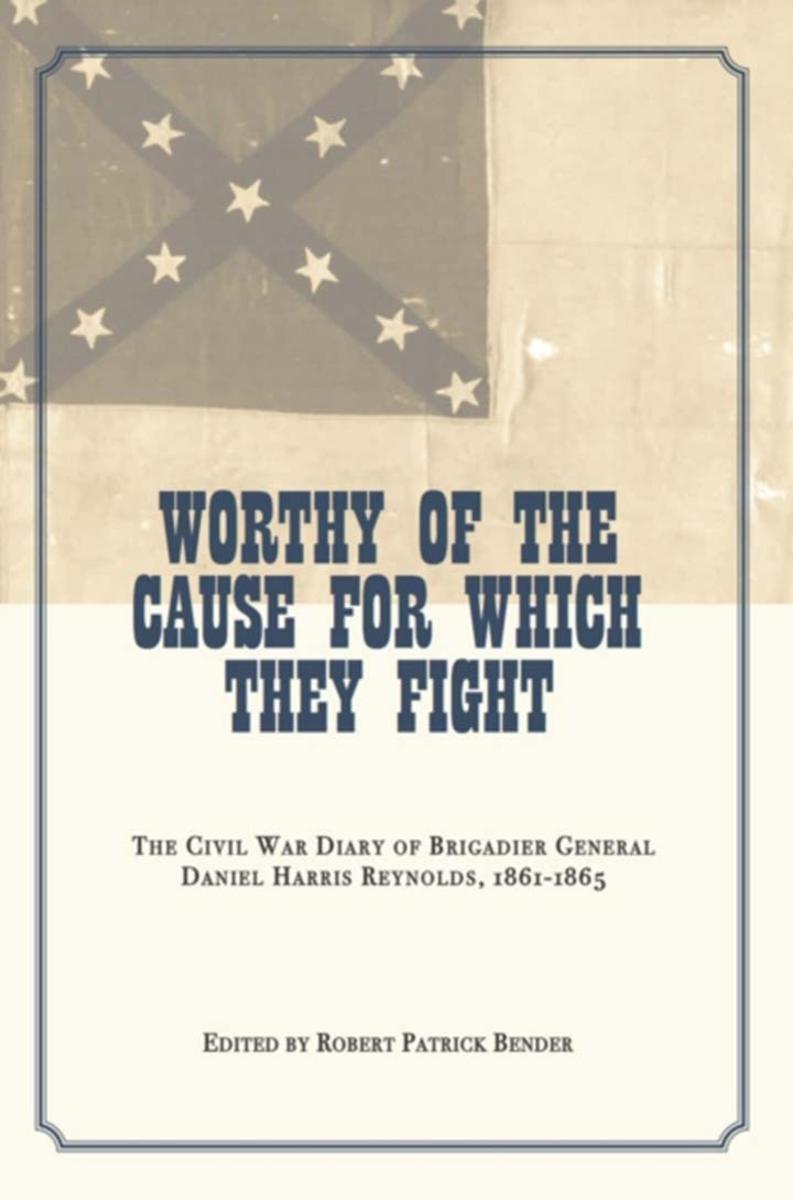
Worthy of the Cause for Which They Fight
¥263.30
Worthy of the Cause for Which They Fight chronicles the experiences of a well-educated and articulate Confederate officer from Arkansas who witnessed the full evolution of the Civil War in the Trans-Mississippi Department and western theater. Daniel Harris Reynolds, a community leader with a thriving law practice in Chicot County, entered service in 1861 as a captain in command of Company A of the First Arkansas Mounted Rifles. Reynolds saw action at Wilson's Creek and Pea Ridge before the regiment was dismounted and transferred to the Army of Tennessee, the primary Confederate force in the western theater. As Reynolds fought through the battles of Chickamauga, Atlanta, Nashville, and Bentonville, he consistently kept a diary in which he described the harsh realities of battle, the shifting fortunes of war, and the personal and political conflicts that characterized and sometimes divided the soldiers. The result is a significant testimonial offering valuable insights into the nature of command from the company to brigade levels, expressed by a committed Southerner coming to grips with the realities of defeat and the ultimate demoralization of surrender.
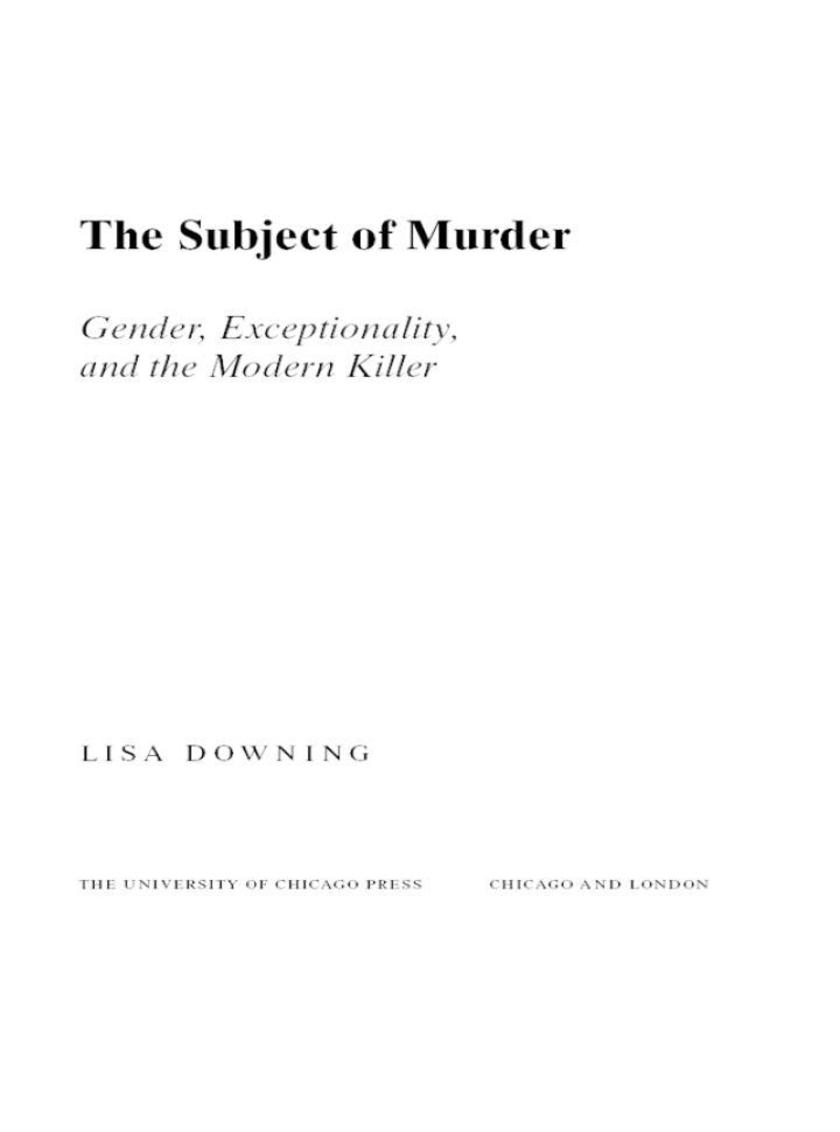
Subject of Murder
¥241.33
The subject of murder has always held a particular fascination for us. But, since at least the nineteenth century, we have seen the murderer as different from the ordinary citizen-a special individual, like an artist or a genius, who exists apart from the moral majority, a sovereign self who obeys only the destructive urge, sometimes even commanding cult followings. In contemporary culture, we continue to believe that there is something different and exceptional about killers, but is the murderer such a distinctive typeAre they degenerate beasts or supermen as they have been depicted on the page and the screenOr are murderers something else entirely?In The Subject of Murder, Lisa Downing explores the ways in which the figure of the murderer has been made to signify a specific kind of social subject in Western modernity. Drawing on the work of Foucault in her studies of the lives and crimes of killers in Europe and the United States, Downing interrogates the meanings of media and texts produced about and by murderers. Upending the usual treatment of murderers as isolated figures or exceptional individuals, Downing argues that they are ordinary people, reflections of our society at the intersections of gender, agency, desire, and violence.
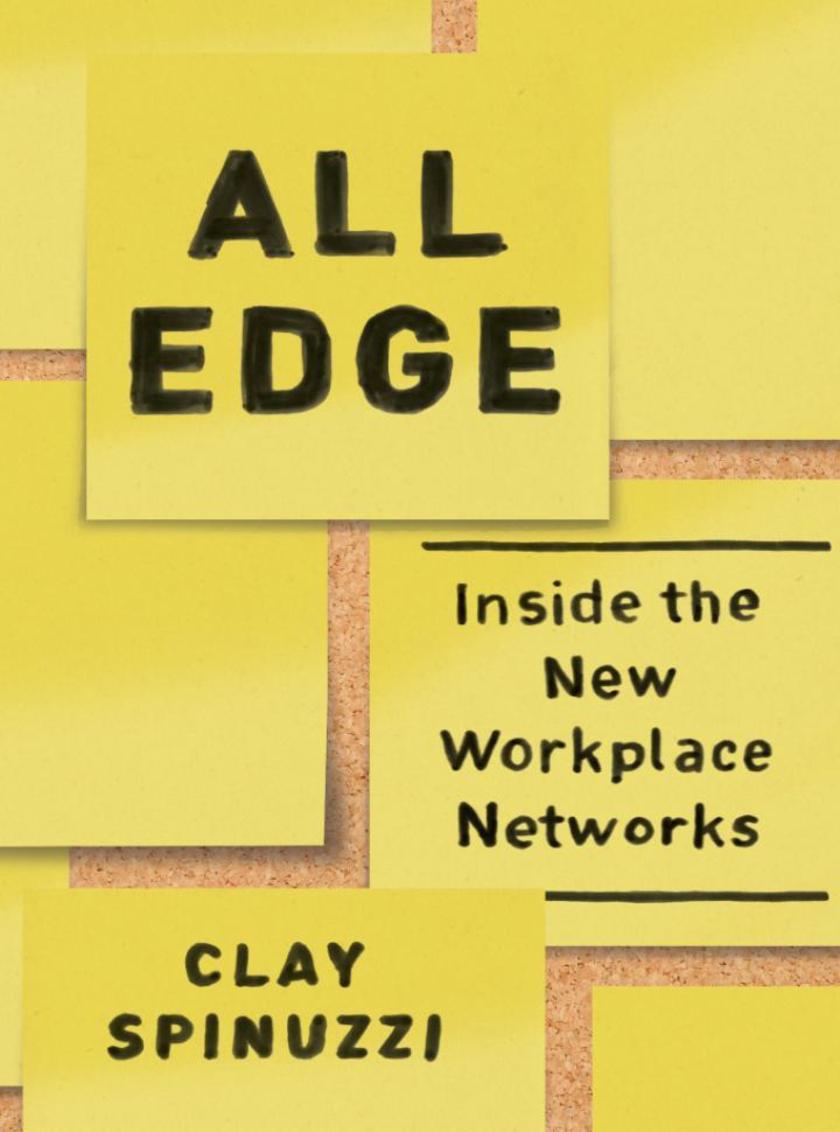
All Edge
¥329.62
Work is changing. Speed and flexibility are more in demand than ever before thanks to an accelerating knowledge economy and sophisticated communication networks. These changes have forced a mass rethinking of the way we coordinate, collaborate, and communicate. Instead of projects coming to established teams, teams are increasingly converging around projects. These "e;all-edge adhocracies"e; are highly collaborative and mostly temporary, their edge coming from the ability to form links both inside and outside an organization. These nimble groups come together around a specific task, recruiting personnel, assigning roles, and establishing objectives. When the work is done they disband their members and take their skills to the next project.Spinuzzi offers for the first time a comprehensive framework for understanding how these new groups function and thrive. His rigorous analysis tackles both the pros and cons of this evolving workflow and is based in case studies of real all-edge adhocracies at work. His provocative results will challenge our long-held assumptions about how we should be doing work.
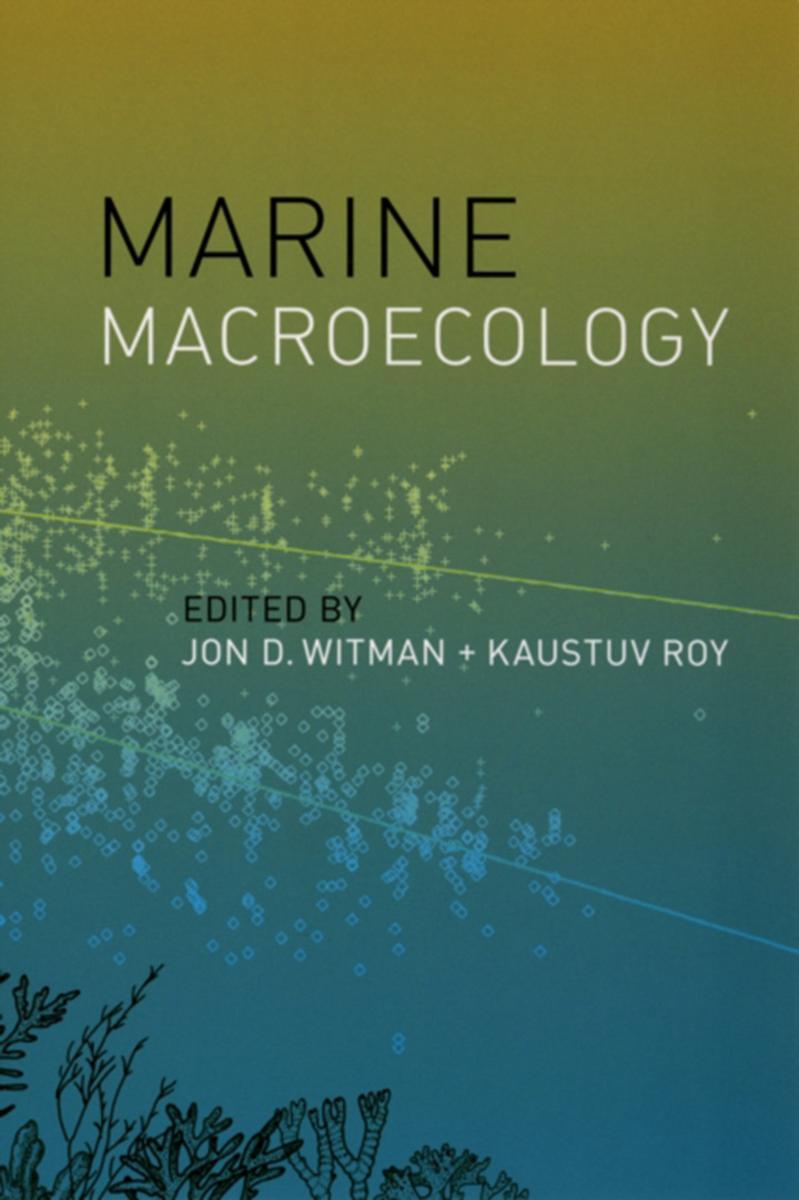
Marine Macroecology
¥394.36
Pioneered in the late 1980s, the concept of macroecology-a framework for studying ecological communities with a focus on patterns and processes-revolutionized the field. Although this approach has been applied mainly to terrestrial ecosystems, there is increasing interest in quantifying macroecological patterns in the sea and understanding the processes that generate them. Taking stock of the current work in the field and advocating a research agenda for the decades ahead, Marine Macroecology draws together insights and approaches from a diverse group of scientists to show how marine ecology can benefit from the adoption of macroecological approaches.Divided into three parts, Marine Macroecology first provides an overview of marine diversity patterns and offers case studies of specific habitats and taxonomic groups. In the second part, contributors focus on process-based explanations for marine ecological patterns. The third part presents new approaches to understanding processes driving the macroecolgical patterns in the sea. Uniting unique insights from different perspectives with the common goal of identifying and understanding large-scale biodiversity patterns, Marine Macroecology will inspire the next wave of marine ecologists to approach their research from a macroecological perspective.
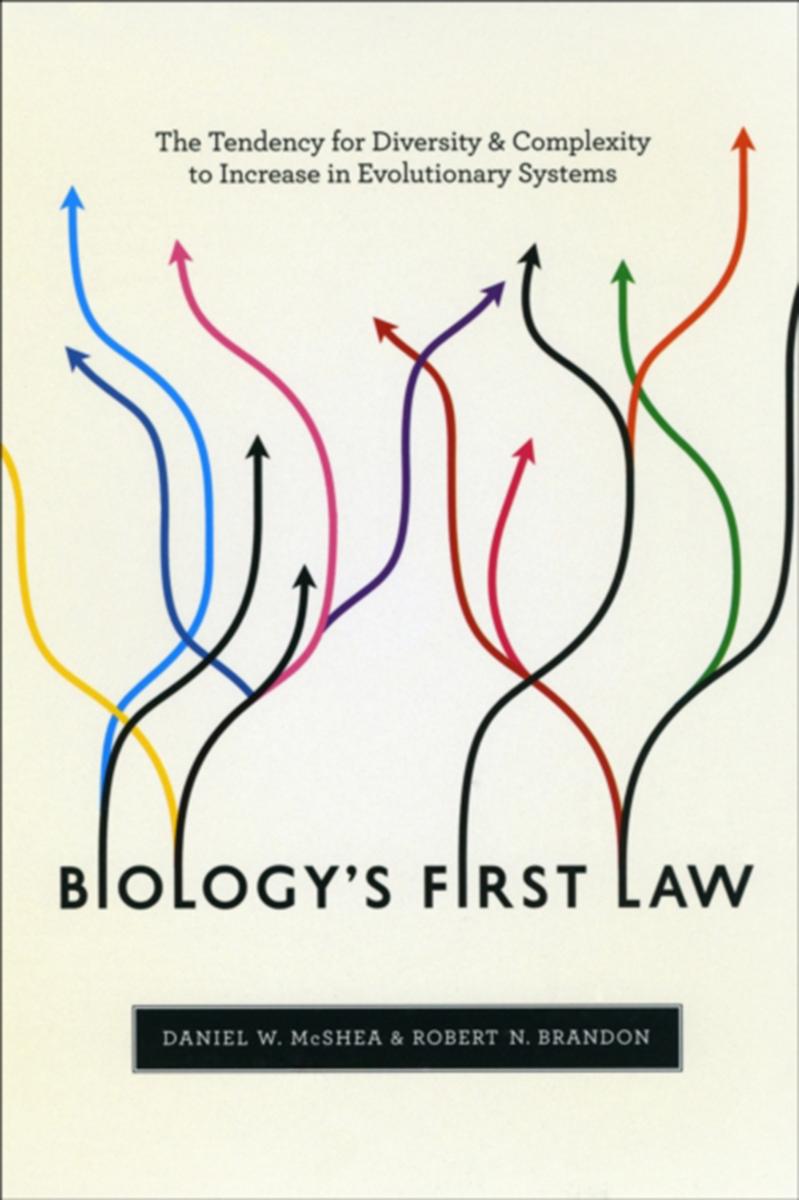
Biology's First Law
¥211.90
So certain is this that we may boldly state that it is absurd for human beings even to attempt it, or to hope that perhaps some day another Newton might arise who would explain to us, in terms of natural laws unordered by intention, how even a mere blade of grass is produced.Kant, Critique of Judgment (1790)
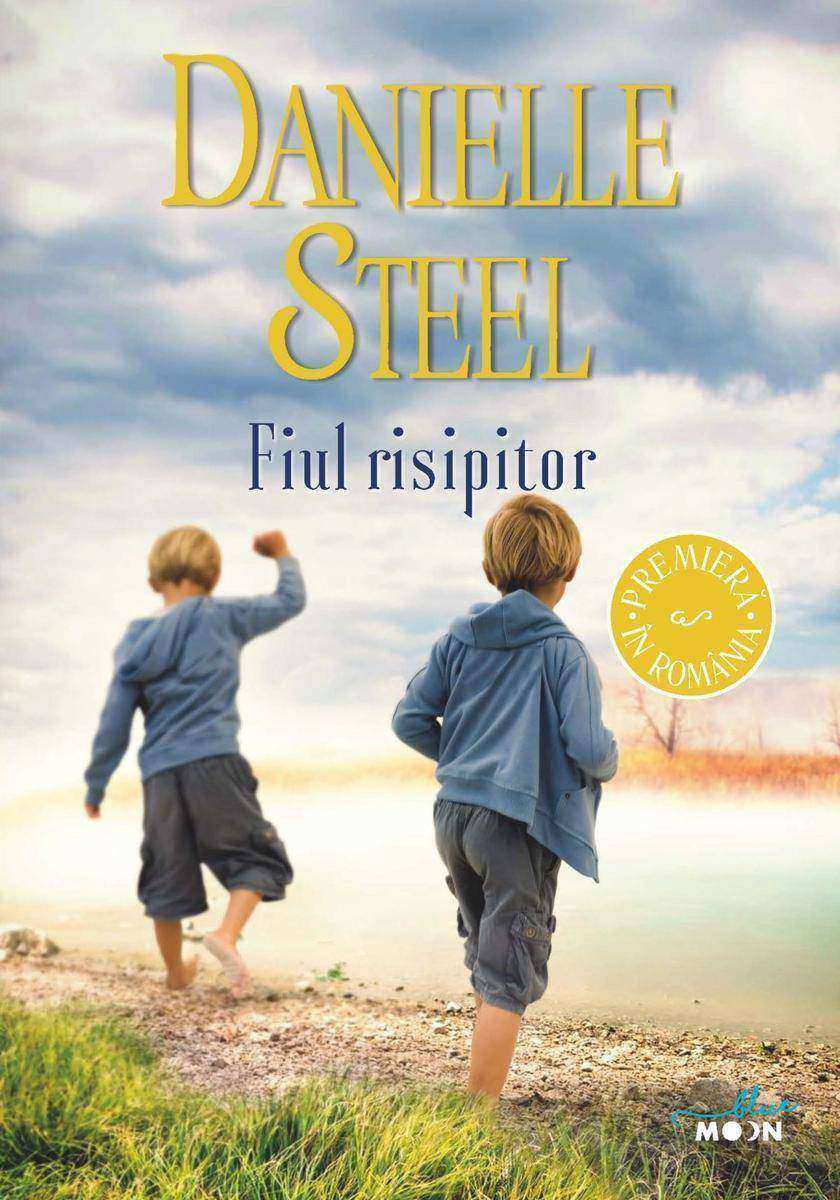
Fiul risipitor
¥68.75
Se spune c? ?nceputurile pot fi uneori ca o cea?? de nep?truns. A?a este ?i cazul acestei pove?ti, care ?ncepe cu apari?ia unei noi specii, probabil ?n urm? cu dou? mii de ani. Specia nu are ?nc? un nume – nimic nu are ?nc? unul – dar are capacitatea de a numi lucruri.Asemenea oric?rei alte noi specii, starea acesteia este fragil?. Num?rul membrilor s?i este mic, iar teritoriul pe care ?l ocup? este redus la o bucat? din estul Africii. Popula?ia sa cre?te treptat, dar apoi, destul de probabil, aceasta se diminueaz? din nou – unii ar spune c? asta se ?nt?mpl? ?ntr-un mod aproape fatal – ajung?nd la doar c?teva mii de perechi.Membrii speciei nu sunt neap?rat foarte rapizi sau puternici sau fertili. Ei sunt ?ns? nemaipomenit de descurc?re?i. Progresiv, ei ?ncep s? exploreze teritorii cu diferite climate, diferi?i pr?d?tori ?i diferite tipuri de v?nat. Nici una dintre constr?ngerile aduse de habitat sau de geografia locului nu pare s? ?i afecteze prea tare.
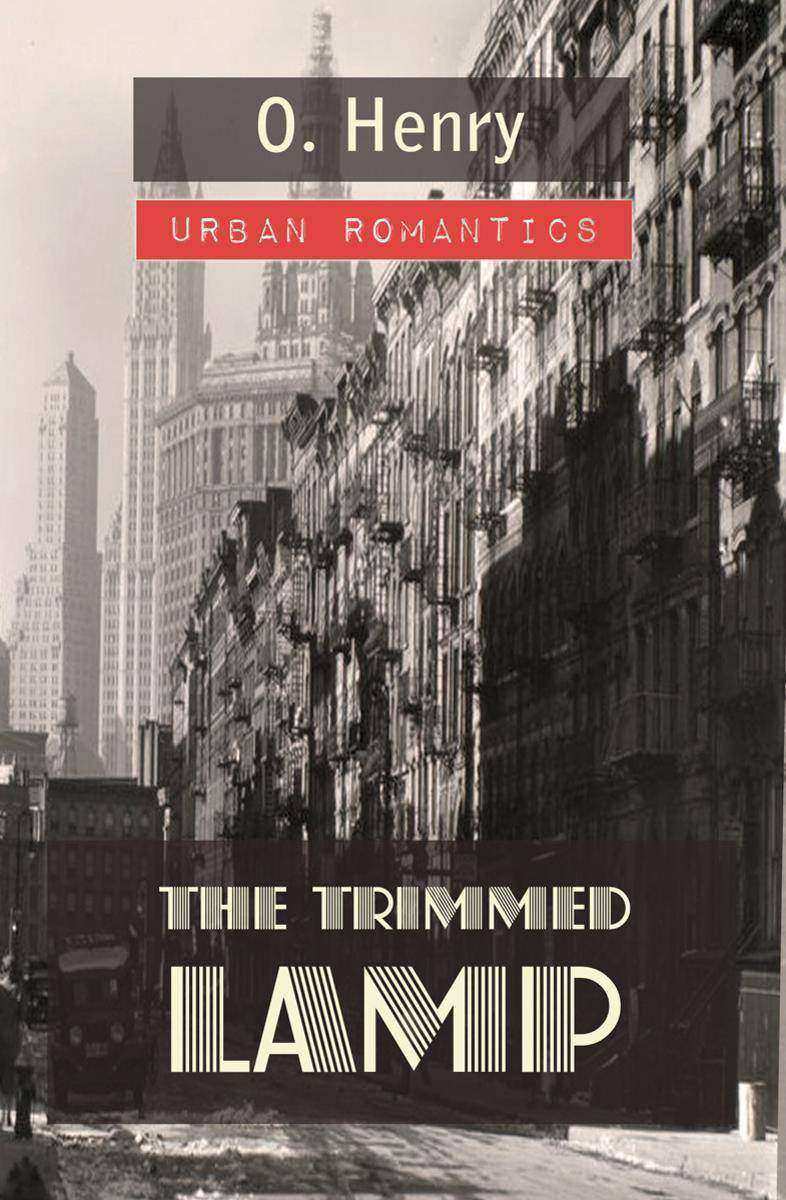
The Trimmed Lamp
¥40.79
Lou and Nancy were chums. They came to the big city to find work because there was not enough to eat at their homes to go around. Nancy was nineteen; Lou was twenty. Both were pretty, active, country girls who had no ambition to go on the stage.
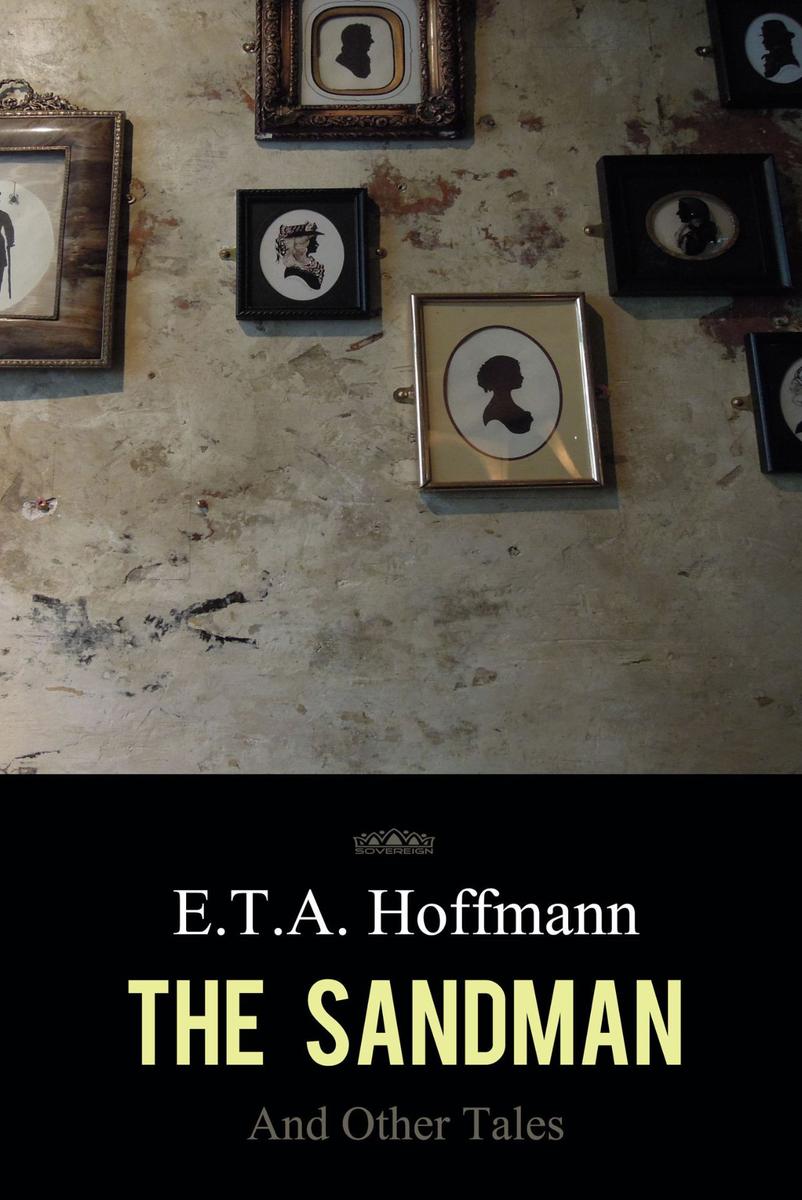
The Sandman and Other Tales
¥40.79
Nathanael is a young student, moved from his provincial town to a city where he attends university. It is there where he meets Coppola, a hawker of oculars and eye-glasses and a man whose looks and name have an uncanny similarity to the tormentor of Nathanael's childhood, the advocate Coppelius, the man Nathanael holds responsible for his father's death.
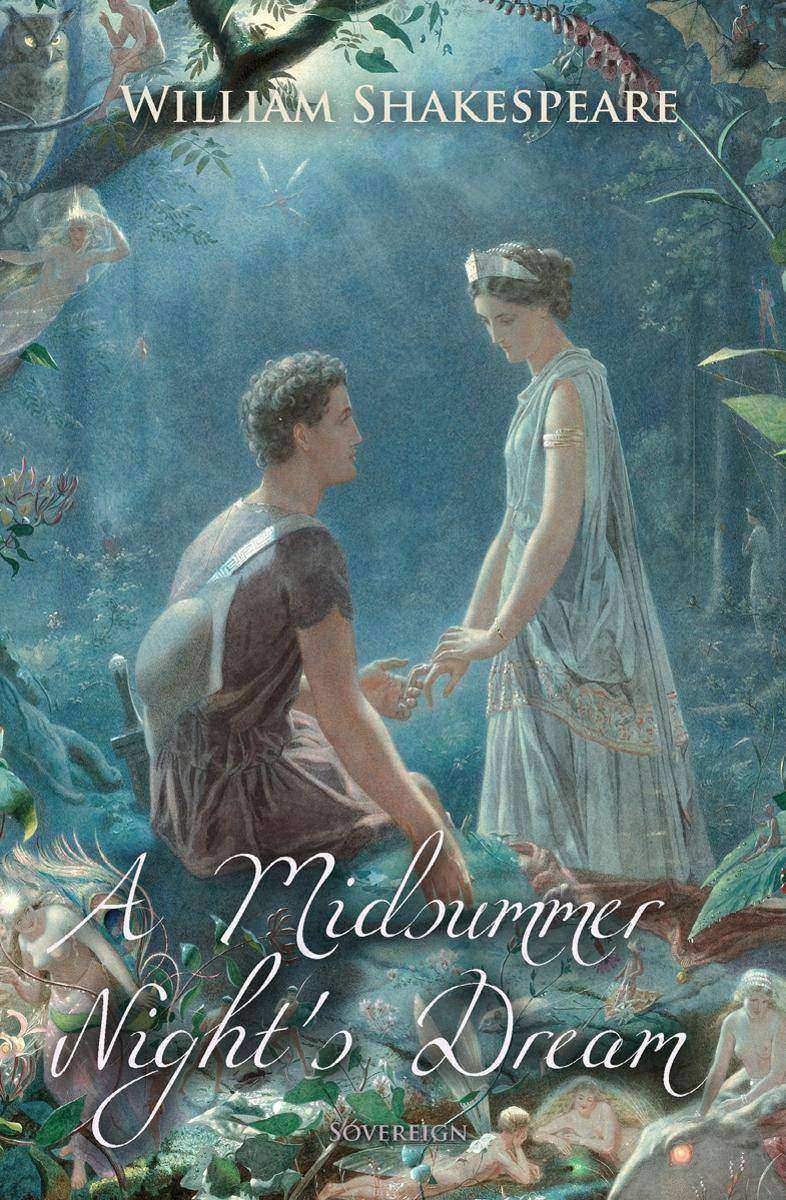
A Midsummer Night's Dream
¥40.79
One of Shakespeare's most popular works, A Midsummer Night's Dream is a comedy play following events surrounding marriage of the Duke of Athens, Theseus, and Hippolyta. The play is set in a forest where several young Athenian lovers and a group of six amateur actors are being controlled and manipulated by the fairies inhabiting the forest.
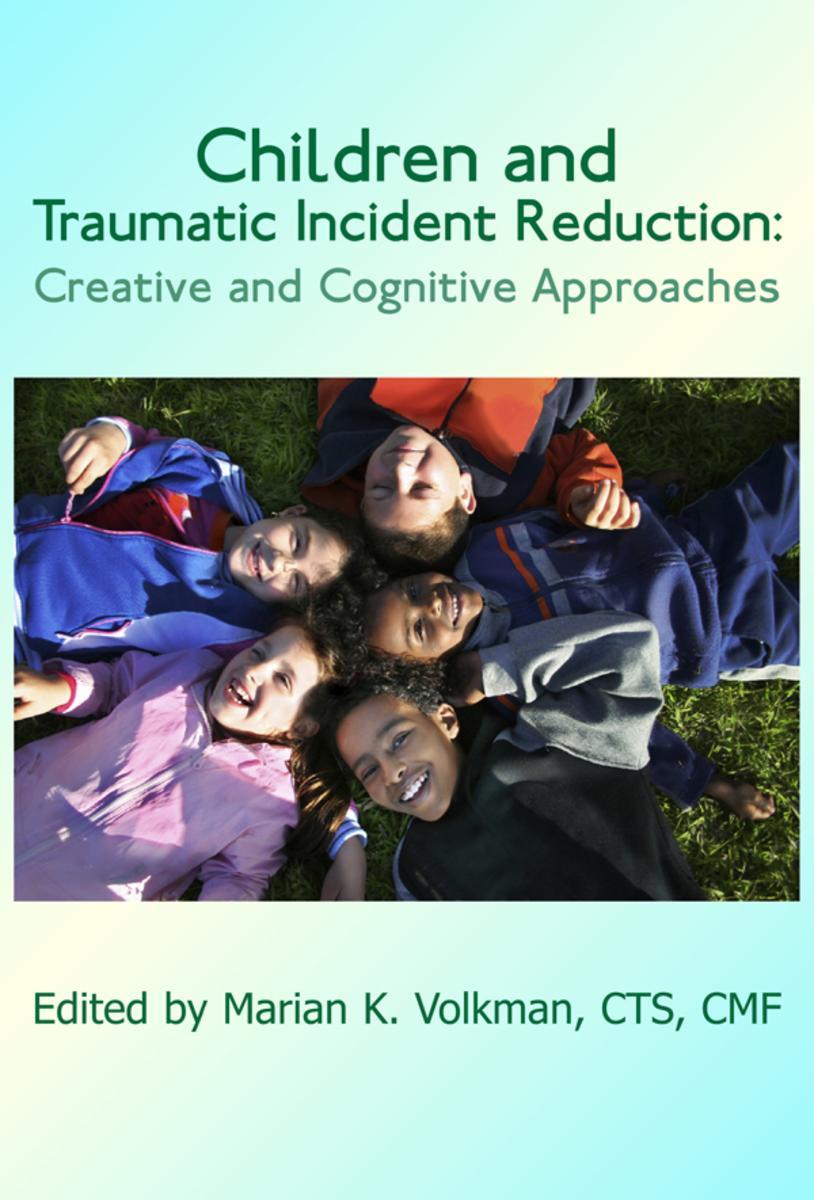
Children and Traumatic Incident Reduction:Creative and Cognitive Approaches
¥65.99
What if we could resolve childhood trauma early, rather than late? We are understanding more and more about how early traumatic experiences affect long-term mental and physical health: ·Physical impacts are stored in muscles and posture ·Threats of harm are stored as tension ·Overwhelming emotion is held inside ·Negative emotional patterns become habit ·Coping and defense mechanism become inflexible What if we could resolve childhood trauma before years go by and these effects solidify in body and mind? In a perfect world, we'd like to be able to shield children from hurt and harm. In the real world, children, even relatively fortunate ones, may experience accidents, injury, illness, and loss of loved ones. Children unfortunate enough to live in unsafe environments live through abuse, neglect, and threats to their well-being and even their life. What if we could resolve childhood trauma fully, gently, and completely while the child is still young? We Can. Read Children and Traumatic Incident Reduction and find out how! "This book is a must for any therapist working with kids. Naturally, it focuses on the approach of Traumatic Incident Reduction, but there is a lot of excellent material that will be useful even to the therapist who has never before heard of TIR and may not be particularly interested in learning about it. The general approach is respectful of clients, based on a great deal of personal experience by contributors as well as on the now extensive research base supporting TIR, and fits the more general research evidence on what works". --Robert Rich, PhD Book #2 in the TIR Applications Series. Series Editor: Robert Rich, PhD Learn more about TIR books at www.TIRbook.com

Onegin: English and Russian Language Edition
¥40.79
Bilingual edition of Pushkin's Eugene Onegin in both Russian and English languages. Meet Onegin, a dandy from Saint Petersburg, about 26. An arrogant, selfish and world-weary cynic. One day he inherits a landed estate from his uncle where he strikes up a friendship with his neighbour, a starry-eyed young poet named Vladimir Lensky. One day, Lensky takes Onegin to dine with the family of his fiancee, the sociable but rather thoughtless Olga Larina. At this meeting he also catches a glimpse of Olga's sister Tatyana. A quiet, precocious romantic and the exact opposite of Olga, Tatyana becomes intensely drawn to Onegin. Soon after, she bares her soul to Onegin in a letter professing her love.
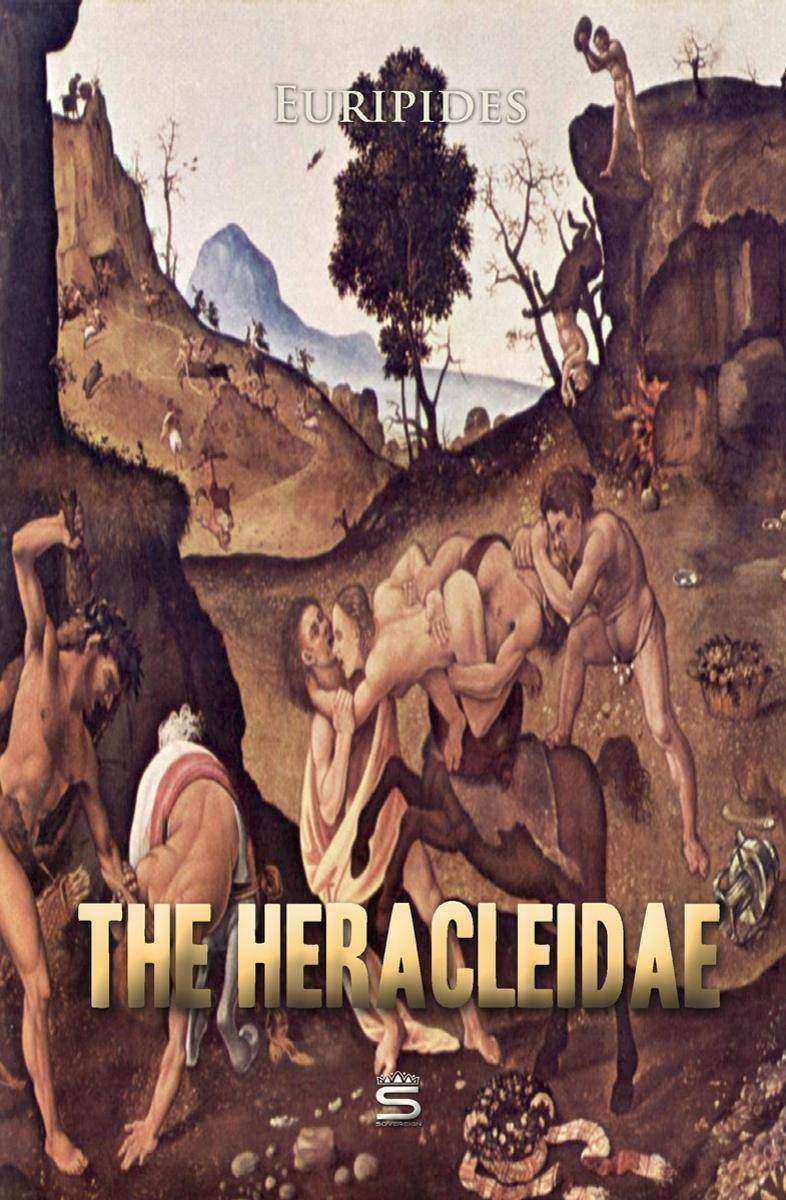
The Heracleidae
¥40.79
Iolaus, Heracles’ nephew and his companion during his Twelve Labours but now an old man, is in hiding with Heracles’ fatherless children at the altar of the temple of Zeus at Marathon, near Athens. They have been moving from city to city, as Iolaus tries to protect them from the vengeful King Eurystheus of Argos, who has vowed to kill them. A herald from Eurystheus appears calling on them once more to return to Argos to face the consequences, and Iolaus begs the Chorus of aged Athenians to take pity and help them.




 购物车
购物车 个人中心
个人中心



